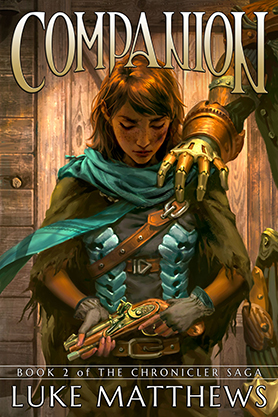
Story by Jason Rubin
Art by Tyler Kirkham
Shortly into the latest issue of Mysterious Ways, our main character Sam utters the phrase “None of this makes any sense…”. This turns out to be an accurate (and prophetic) statement, since the rest of the issue is a jumbled hodgepodge of barely related imagery, full of clichés and red herrings.
The first issue’s plot was simple: Sam is a loser at the end of his luck who gets half-accused of a murder, and spends the rest of the issue running from the cops with some confusingly random teasers thrown in. The second issue almost completely re-hashes the plot of the first, in such aggravating fashion that I felt I was reading the same comic over again.
There’s little to nothing likeable about Sam or any of his surrounding cast members, and the attempts to build intrigue – like the pieces of an artifact that were introduced so poorly that we don’t even know how they came into Sam’s possession – simply result in eye rolling disappointment.
I’m equally disappointed with Tyler Kirkham’s artwork. His style is still couched in a mid-‘90’s aesthetic that forgoes simplicity for over-inking and excessive line work, substituting actual detail with swaths of cross-hatching and scribbles. The framework is fundamentally sound, but it’s buried under a clutter of needless rendering.
Recently, I rather harshly judged individual issues of Kurtis Weibe’s Green Wake for a perceived randomness that left the reader more befuddled than entertained. The conclusion of Green Wake’s first arc redeemed the narrative as a whole, even in light of the failings of individual issues. All we can hope is that the same is true of Mysterious Ways, but I’m less optimistic, and can’t recommend picking any of it up before it’s finished.

